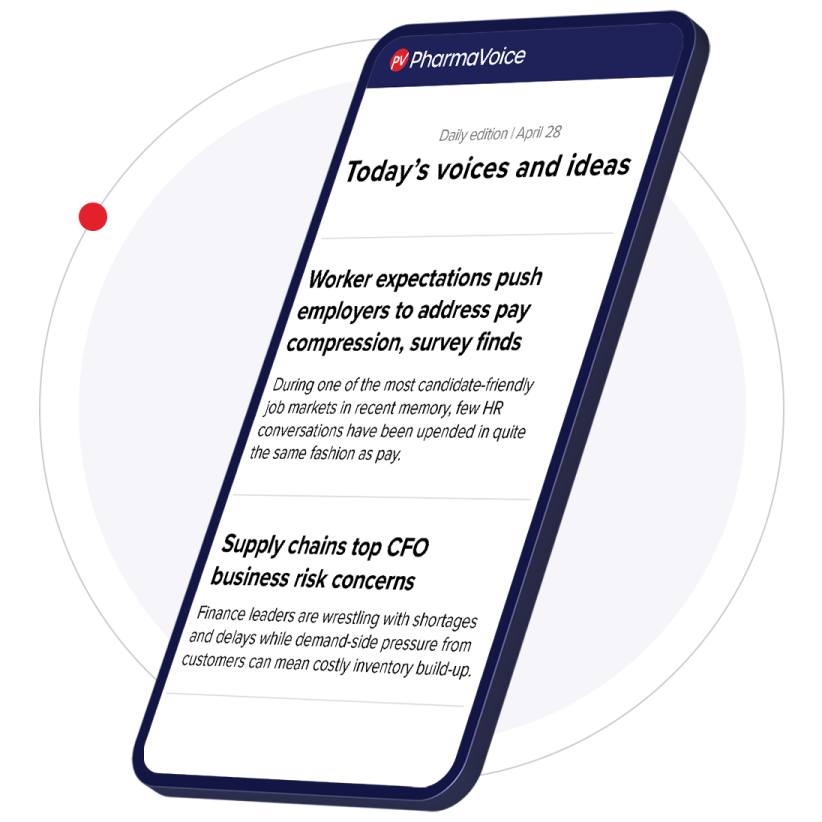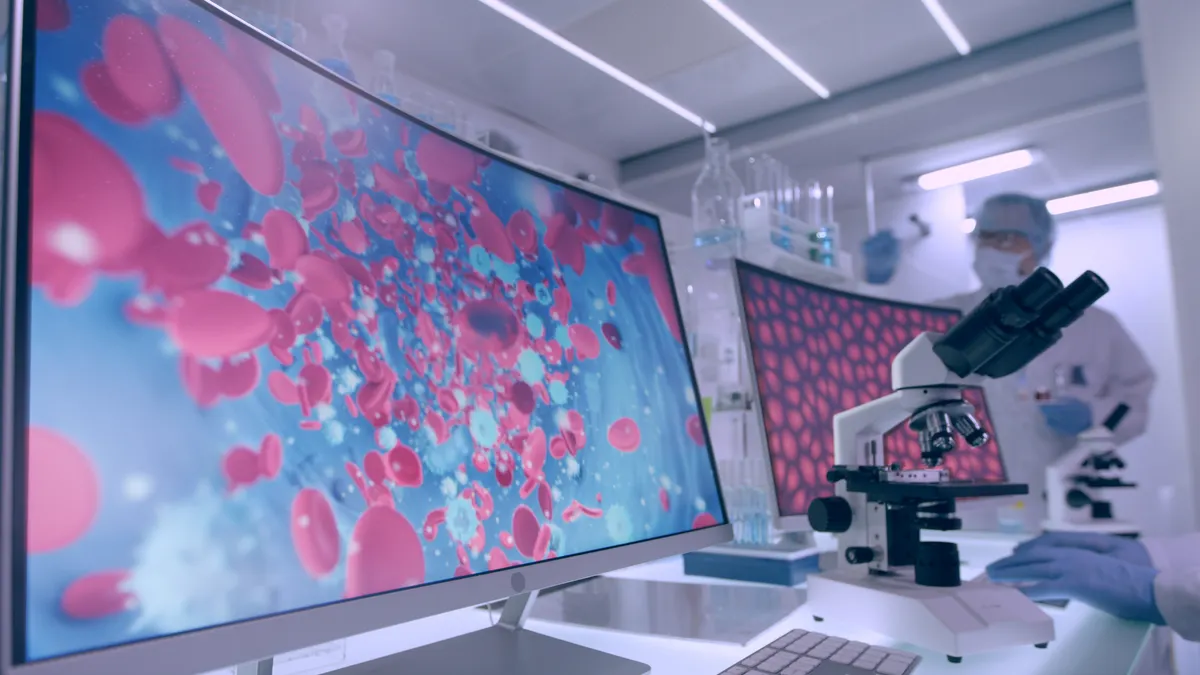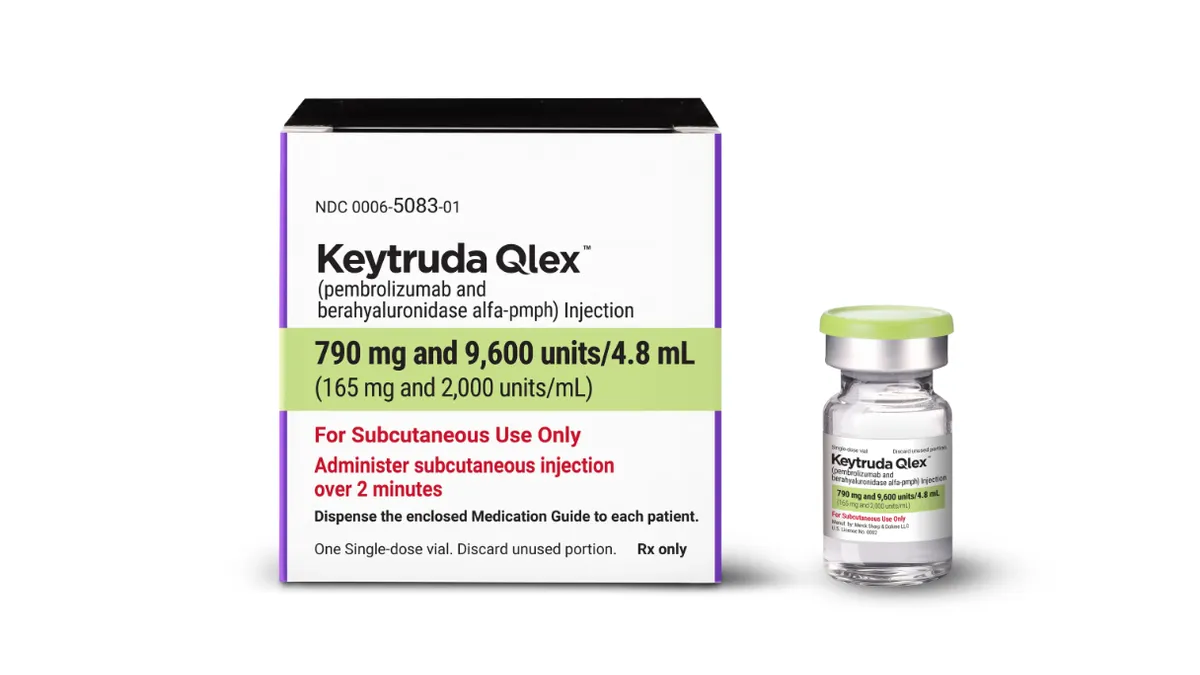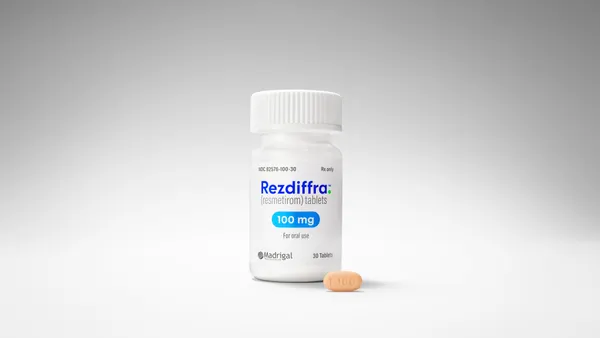Pharmas with cornerstone drugs coming off patent often try to defend profits using intellectual property lawsuits, patent extensions and an emphasis on other products. And companies with drugs facing a wave of competition this year are scrambling through a combination of these approaches.
“Pipelines are very rich,” said Eduardo Schur, lead for US health sciences and wellness commercial strategy and R&D at EY.
While defensive strategies can buy time, they’re not enough. To fill major revenue gaps with new drugs, companies have to hit the ground running at launch.
Up to 67% of drug debuts fail to meet sales targets, a critical source of revenue to offset shortfalls, according to an EY report. Market introductions are often hindered by a reliance on legacy marketing strategies, and without new approaches, success rates aren’t likely to improve, Schur noted.
Here are three of the biggest drugs falling off the patent cliff this year and what companies can do to soften the blow.
3 major patent losses
Johnson & Johnson’s Stelara, a blockbuster autoimmune therapy, peaked at nearly $11 billion in global sales in 2023, but European and U.S. biosimilars took a $1.2 billion bite out of sales in the second quarter of 2025, compared with the same period last year.
In its latest earnings report, J&J has focused attention on the growth of its other immunology drugs, like Tremfya, which has helped stabilize losses. Sales were up 4.9% in the second quarter of 2025.
Facing losses from its osteoporosis drug Prolia, Amgen has bolstered its position in rare diseases through acquisitions, such as Horizon Therapeutics, and by expanding its own biosimilar portfolio.
“Launches have been challenging [and] the adoptions are still slow for a lot of the new technologies."

Eduardo Schur
Lead, US health sciences and wellness commercial strategy and R&D, EY
While Prolia sales rose 10% year-over-year to $1.1 billion in the first quarter, the company anticipates a drop in the second half of the year as new competitors, such as Sandoz’s Jubbonti, the first interchangeable biosimilar for Prolia, enter the market.
Regeneron’s Eylea, used to treat eye conditions linked to vision loss, is also contending with biosimilar competition as well as pressure from Genentech’s Vabysmo, the first bispecific antibody for eye disease, which has chipped away at Eylea’s market share since its 2022 approval.
But Regeneron boosted itself with the introduction of a high-dose version of Eylea, which is delaying biosimilar competition and putting it on better footing in the battle for standard of care. The company also filed lawsuits against several potential competitors, staving off immediate competition from four of five approved biosimilar products. Courts cleared the way for Amgen’s Pavblu to launch, and Regeneron agreed to allow Biocon Biologics to launch Yesafili in the second half of 2026.
Positioning new products for success
To survive the ongoing revenue crunch, companies may need to revise their outdated launch playbook.
“Launches have been challenging [and] the adoptions are still slow for a lot of the new technologies and products in the marketplace,” Schur said.
This difficulty stems from changing provider dynamics and heightened payer scrutiny, among other factors. Sales reps no longer have easy access to doctors. Today’s marketing is necessarily account-driven, involving outreach to healthcare systems rather than individual doctors.
In light of those shifts, companies need to make a scientific and value-driven case for their products to engage these clients, a role suited to medical affairs, Schur said. They should also trade blanket marketing for tailored messaging, addressing the unique needs of each of these accounts, he said.
The new marketing landscape requires new tools.
“A lot of companies are trying now to figure out how to use digital assets better, but it's a very slow adoption in the marketplace,” Schur said.
EY data underscores the urgency of this marketing transformation to mitigate potential revenue losses estimated at $230 billion by 2030. More products are predicted to launch in the next five years than in the past 10 years combined, and the pressure is on pharma to adapt quickly, or risk seeing promising innovations fall short of their full potential.


















